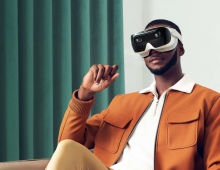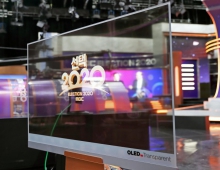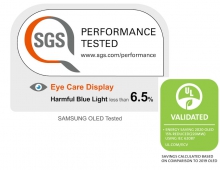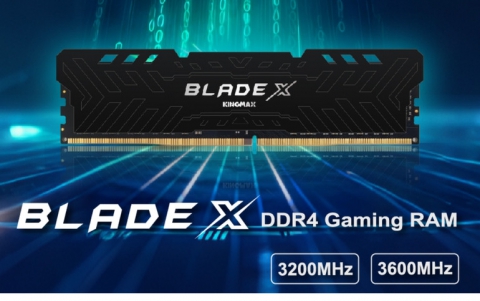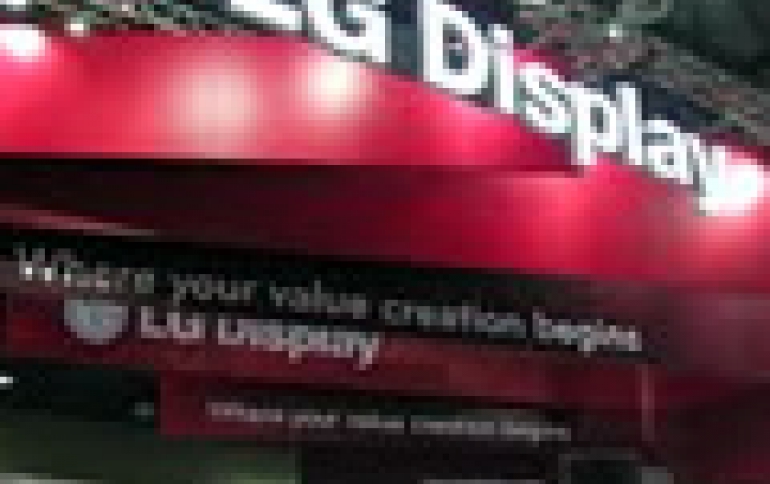
LG Display and Google Develop an 18 megapixel 4.3-inch 1443 ppi 120 Hz OLED display for VR
Google and LG have developed the world's highest resolution display in bid to make VR more life like. Announced at Display Week 2018 this week, "the world's highest resolution display" is a 18 megapixel, 1443 ppi) OLED on glass display panel.
The companies 4.3-inch, 1443 ppi OLED‐on‐glass display with a pixel format of 3840 x 4800, a pixel pitch of 17.6 µm, and a FoV appropriate for an immersive HMD computing system.
For comparison, the HTC Vive Pro gave users a much sharper picture than the HTC Vive but the display only featured 1,400 x 1,600 pixels per eye.
The display uses two subpixels per pixel: one green subpixel and either a red or blue subpixel. This subpixel arrangement is widely used in mobile phone displays. Each subpixel is 17.6 µm - 8.8 µm. Fabrication of small pixels for displays over 1000 ppi is an extreme challenge with conventional Fine Metal Mask systems. To avoid these issues and have a lower risk path to mass production, the companies use a structure with white OLED and color filters. This approach is used in commercial OLED TV panels and in OLED on silicon microdisplays. Current photolithography technology in an LTPS line can also achieve color filter patterning at pixel densities over 1000 ppi.
| Attribute | Value |
|---|---|
| Size (diagonal) | 4.3" |
| Subpixel count | 3840 x 2 (either RG or BG) x 4800 |
| Pixel pitch | 17.6 µm (1443 ppi) |
| Brightness | 150 cd/m2 @ 20% duty |
| Contrast | >15,000:1 |
| Color depth | 10 bits |
| Viewing angle | 30°(H), 15° (V) |
| Refresh rate | 120 Hz |
A custom high bandwidth driver IC was also fabricated. This custom driver IC has 3840 channels and supports the high bandwidth and tight pixel pitch requirements of this display. The maximum supported total data rate to the panel (both driver ICs) is over 80 Gb/s. The panel is driven by 32 parallel differential lanes, with each lane running at up to approximately 2.6 Gb/s.
When integrated with a high performance optical system with, for example, a 40 mm focal length, the resulting image spans approximately 120° (H) by 100° (V) per eye, with an acuity of 40 ppd, corresponding to 20/30 on a standard Snellen eye chart.
The companies also developed a foveated pixel pipeline appropriate for virtual reality and augmented reality applications, especially mobile systems. The foveation logic was implemented in an FPGA to convert the low bandwidth foveated image rendered on a mobile processor to the high bandwidth stream required by the display.
The display by Google and LG is unlikely to make the leap from lab to consumer products any time soon.




